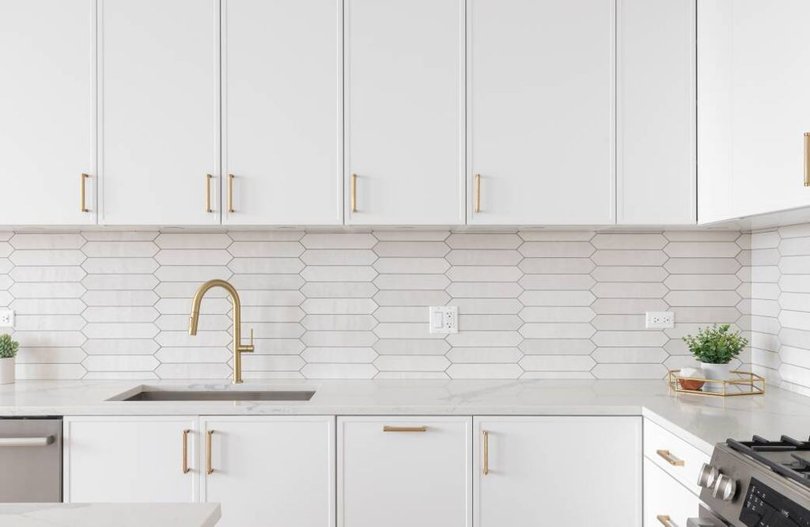What you can do with your Stage 3 tax cuts to build your property wealth

July has come and with it some extra cash in people’s pay packets thanks to Stage 3 tax cuts.
But rather than heading to the shops or a fancy restaurant (and contributing to high inflation) could the bump in your income actually bump up the value of your home, or allow you to pay it off quicker?
In theory, yes, says Finder money expert Richard Whitten.
Sign up to The Nightly's newsletters.
Get the first look at the digital newspaper, curated daily stories and breaking headlines delivered to your inbox.
By continuing you agree to our Terms and Privacy Policy.“The first thing for anyone, regardless of who, is just to do the numbers. So work out what’s actually coming in from this month in terms of extra money,” Mr Whitten says.
“It’s just good to have that as an actual figure for your budgeting ... a lot of people will find that a lot of it is probably already gone.”
Still, if you do find yourself with some dosh left over after covering your essentials, putting the extra on your mortgage (if you have one) could save you in the long run, Mr Whitten says.
Offset your mortgage
“If your home loan has an offset account, I’d put the money in that because that’s saving your money - you can do what you like with it, but it’s offsetting your mortgage while it’s in there.
“You’re reducing your interest charges overall and you’re shortening your loan term while building the equity, but in a flexible way that gives you that money to use.”
Another option might be to renovate your home to improve its value. But Mr Whitten says it might be a goal after building your savings in your offset for a few years first.
What about a reno?

Once you do, chat to a local real estate agent for some advice if your goal is to add instant value to your property, Mr Whitten says.
“They probably have sold properties that have had good renovations done, and they might be able to tell you a bit about how it happened or possibly can even put you in touch with the builder for the renovations,” he says.”
Of course, if you don’t yet own a home, some extra cash could boost your borrowing power, and Mr Whitten says banks were already accounting for the larger take-home pays of prospective buyers.
“Also, if you are in saving mode, you can put it in your high-interest savings account. You can get above 5 per cent with a couple of banks now, so that’s actually not a bad way to get a little bit more on that money while you’re waiting for the chance to buy.”
So what exactly can each tax bracket save and how can they use it towards their home? We crunched the numbers using the government’s tax cut savings calculator and Finder’s mortgage calculator.
$18,201 - $45,000
Save up to $804 per year
It doesn’t sound like a lot, but that $804 could allow you to borrow roughly an extra $9,000 towards your loan, according to Finder’s borrowing power calculator (based on a 30-year loan with an interest rate of 6 per cent).
If you put that money into a savings account with an interest rate of 5 per cent or more, you could see it grow to at least $4640 over five years - and who’s to say you won’t get a pay rise in that time?
$45,001-$135,000
Save between $804 and $3,729
This is the bracket many Australians fall into - the average income is roughly $98,000 according to the ABS.
If you were to put the extra cash toward a home loan of $600,000 over a 30-year term, you could save between $40,428 and $151,147 in interest over the life of the loan for a single income, or between $75,820 and $244,362 for a couple (based on a 6 per cent interest rate).
$135,001-$190,000
Save between $3,729 and $4,529
The extra $4,529 saved in a high-yielding account could compound to almost $26,500 over five years, or knock $174,757 for a single person off the interest on a 30-year loan.
Above $190,000
Save $4,529
Well, at this pay rate, you probably know what you’re doing - carry on.
This article originally appeared on view.com.au.
Originally published as What you can do with your Stage 3 tax cuts to build your property wealth
